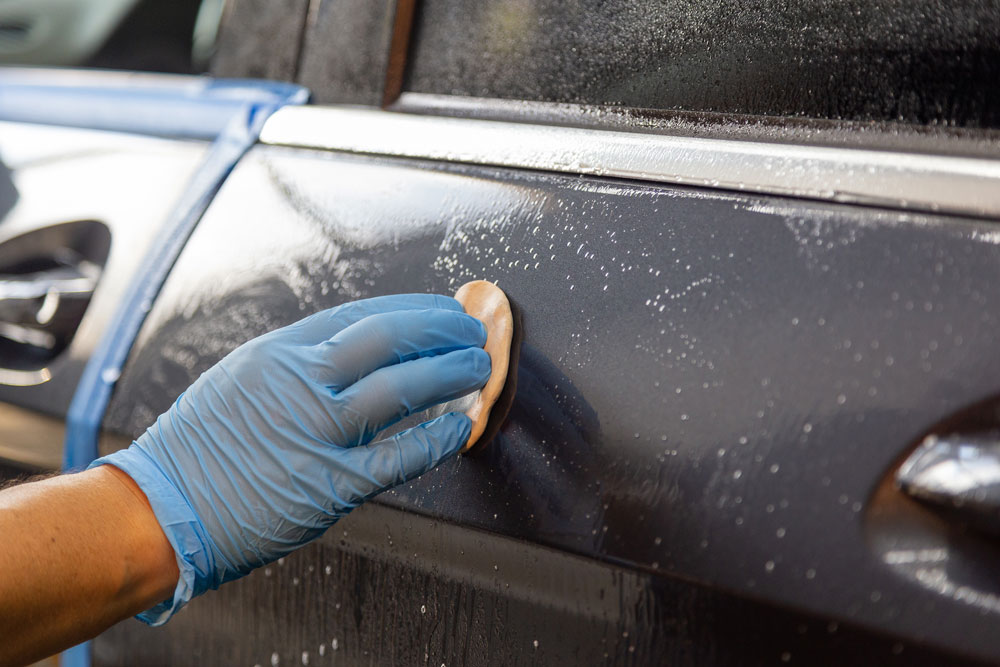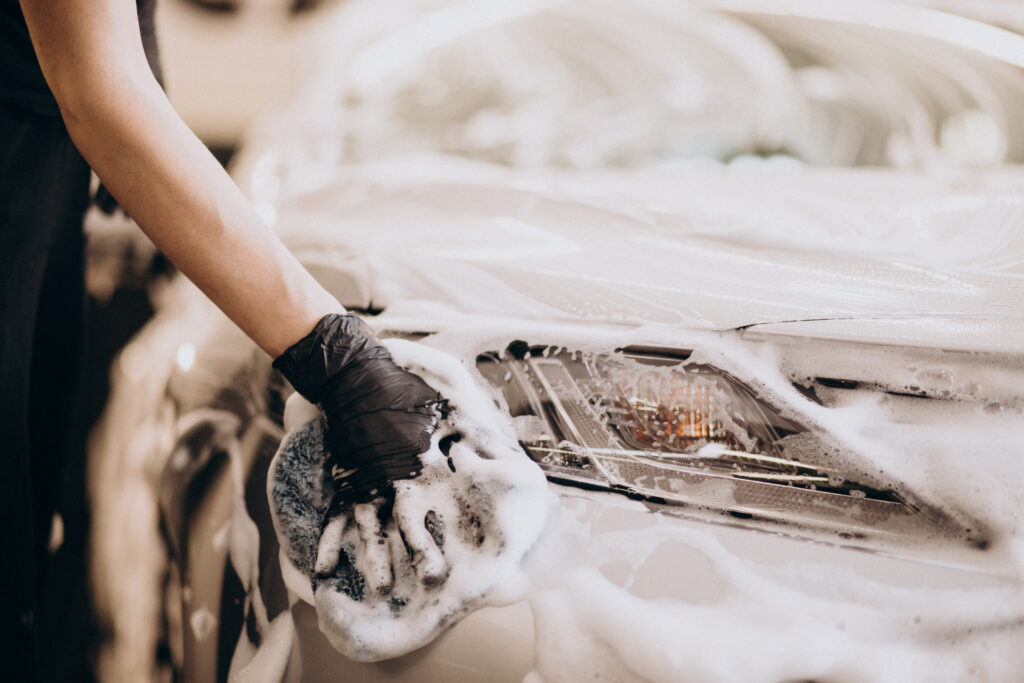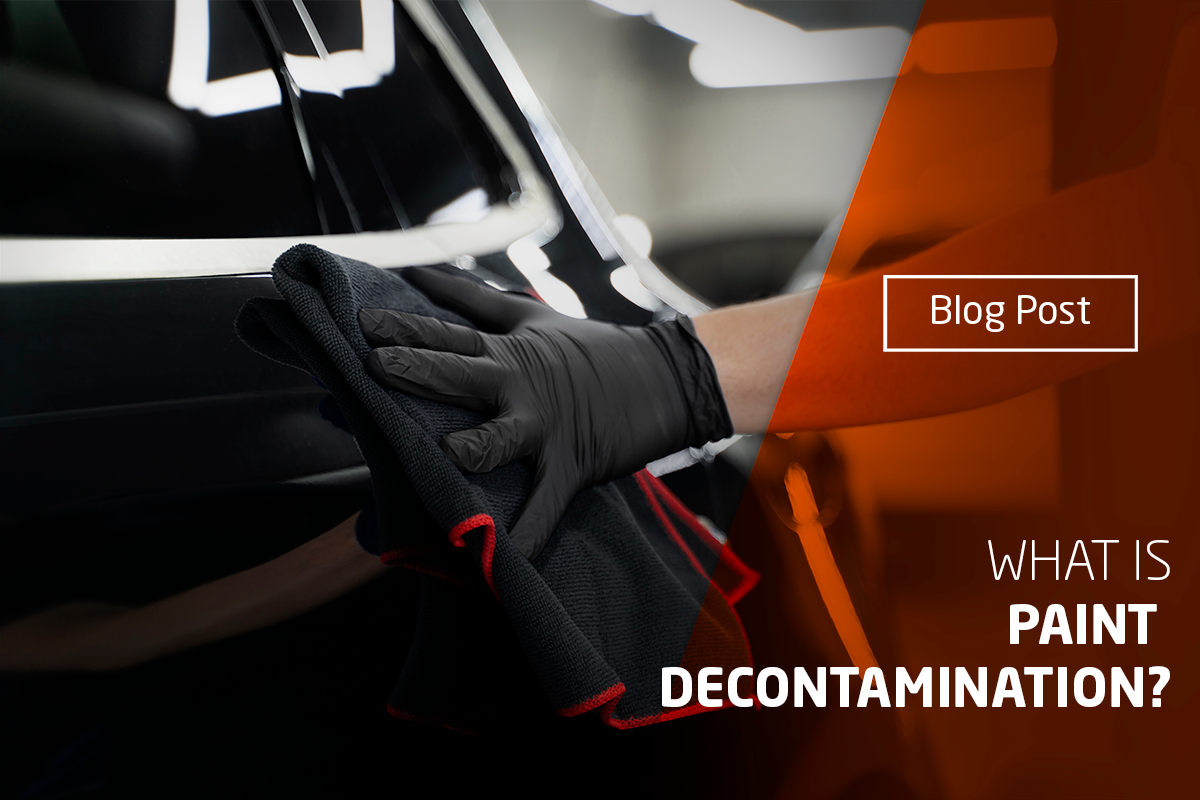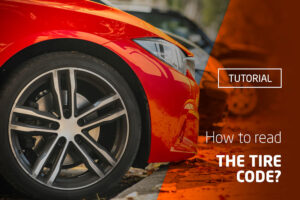If the cleanliness of your vehicle’s body leaves much to be desired, it’s worth applying more than just a standard wash, which only removes superficial dirt. Paint decontamination is a process that effectively removes resin from the car, as well as dealing with various other stubborn contaminants. Learn about this process, the benefits it brings to your car, and why it’s worth conducting regularly.
Paint decontamination – what is the method?
Let’s start with the fact that a regular car wash isn’t able to remove all harmful particles that settle on the paint due to vehicle use. Microscopic contaminants such as metal shavings, glass, stones, resin, tar, industrial residues, or insect remnants can cause scratches, paint dullness, and deterioration in the visual state of the bodywork, ultimately leading to damage. Paint decontamination is an advanced maintenance process that helps remove dirt and grime from the car’s surface.
The secret of this procedure lies in the gentle yet highly effective removal of contaminants from the car’s surface using special tools and products. The procedure is performed after thoroughly washing the bodywork and prepares the vehicle for subsequent maintenance stages such as polishing, waxing, or applying a ceramic coating.
Tools used for decontamination are specialized clay bars or gloves with contamination-collecting properties. Micro particles penetrate the paint, attracting contaminants like salt, resin, or insects, allowing both visible and invisible dirt to be removed.
Key benefits of paint decontamination
Regularly performing this type of procedure, whether in your own garage or at a professional car detailing studio, has several significant benefits, the most important of which are:
• Improvement in the car’s appearance by removing minor scratches and dull spots.
• Elimination of troublesome dirt, resin deposits, and micro damages.
• Preparation of the paint for other maintenance procedures, yielding even better results.
• Protection of the car’s bodywork from further damage and corrosion.
• Enhancement of the effectiveness of wax or ceramic coatings in providing protection.
It’s worth noting that paint decontamination is a precision-demanding process, making it best executed by professionals to avoid accidentally scratching the bodywork. Opting for this type of service, it’s advisable to turn to a reputable detailing salon. Entrusting the service to specialists ensures the use of proper tools and techniques to remove contaminants and provide the best care for your vehicle.

How to remove resin and other contaminants from car paint?
Resin emitted by trees can deposit on the car’s paint, especially in areas with intensive vegetation. Removing dried resin can be challenging due to its stickiness and tendency to leave stains on the surface. Decontamination is an effective solution for how to remove resin from a car in an efficient and safe manner. Likewise, this approach helps tackle various other persistent issues, such as:
• Metal shavings and particles adhering to the paint surface.
• Road contaminants like tar, asphalt, oils, or exhaust residues.
• Sand particles and small stones causing scratches during driving.
• Dust, dirt, and industrial pollutants leading to dullness and loss of shine.
• Traces of insects impacting the front of the vehicle.
• Excessive wax buildup on the paint.
The procedure also helps eliminate various other hard-to-remove dirt, like streaks from cleaning agents, adhesive or film residues, and even construction debris.
Step-by-step paint decontamination
Want to carry out the paint decontamination process on your car yourself? Just follow the guidelines below!
- Start with a thorough car wash to remove loose dirt from the surface. Then rinse the vehicle with water and wait for it to dry completely.
- Select the appropriate clay bar or decontamination glove. You can find products tailored to different types and levels of contamination.
- Apply a small amount of decontamination product to a section of the bodywork to facilitate the movement of the clay bar or glove over the car’s paint.
- Gently and evenly glide the clay bar or glove over the surface, taking care not to scratch the paint. If the clay bar falls on the ground during use, do not reuse it.
- Check if the entire surface has been thoroughly decontaminated. If the clay bar or glove glides smoothly without noticeable resistance, it indicates that you have successfully removed contaminants.

Enjoy a clean and shiny paint for a long time!
Now you know what paint decontamination is and how to effectively remove resin and other stubborn dirt from your car. Afterward, thoroughly rinse the car with water to remove any remnants of the used products. In the next step, consider applying a wax or ceramic coating, which will enhance protection and help maintain the natural shine of the bodywork for a longer period.





